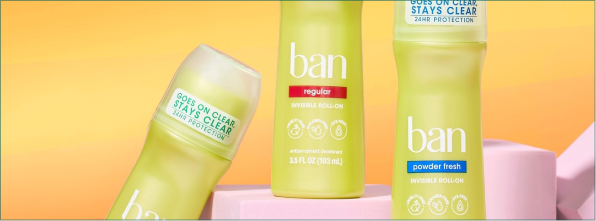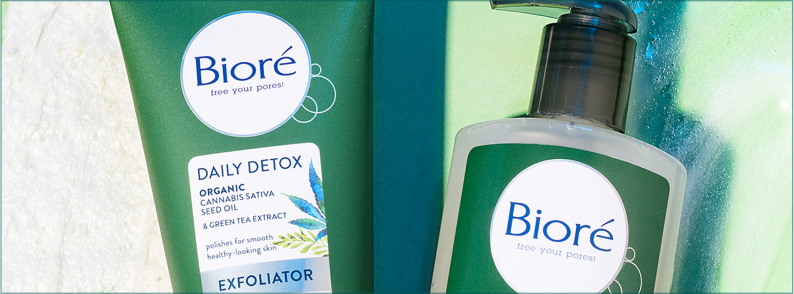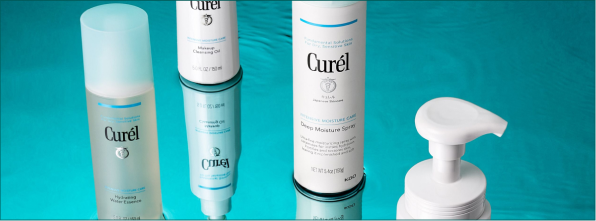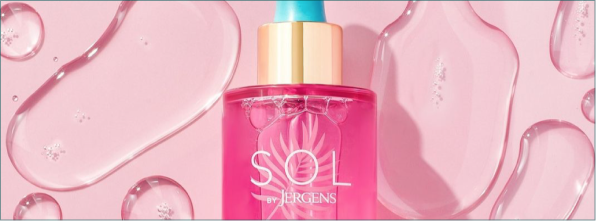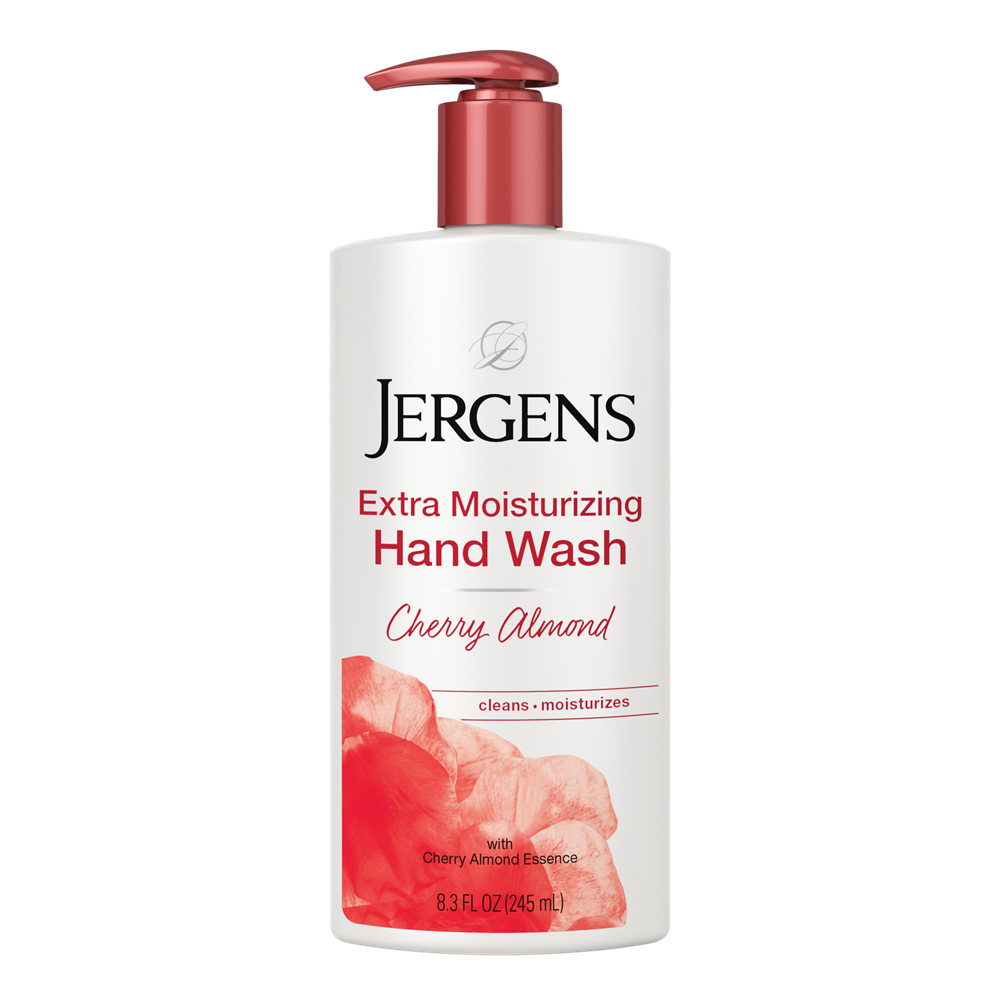How to Take Care of your Hands: 5 Simple Tips

Use our top hand care tips to protect the look and feel of your hands.
How to Take Care of Your Hands
1. Proper Handwashing
Soap is effective at washing away germs because it destroys their lipid membranes. Unfortunately, our own skin barrier is also made up of lipids, which can get stripped away from overwashing. If you find your skin becoming dry and sensitive, consider switching to moisturizing hand soap.
When washing your hands, avoid washing them in scorching hot water. Lukewarm water is perfectly fine to help kill bacteria and helps prevent dryness on your hands. If you need to wash your hands when you’re on the go, use a hand sanitizer.2. Moisturize Regularly
Regular moisturizing helps your skin stay smooth and hydrated. It can also help diminish visible signs of aging on your hands. Look for hand creams and moisturizers that contain emollients, like glycerin, shea butter, and natural oils. Lotions that contain mineral oil or petrolatum also help to replenish your skin’s protective barrier.
Many soaps and hand sanitizers can strip away oils, lipids, and ceramides that form the skin's protective barrier. Forgetting to moisturize your hands can lead to dryness or itchy red patches. To prevent dry skin on your hands, we recommend applying hand lotion immediately after washing your hands.
"Forgetting to moisturize your hands can lead to dryness or itchy red patches. To prevent dry skin on your hands, we recommend applying hand lotion immediately after washing your hands."
3. Moisturize Overnight
If you have excessively dry skin, try moisturizing your hands overnight. Lather an ultra healing body balm on your hands and then carefully cover them with gloves or socks to prevent the lotion from rubbing off overnight.
Or try hand creams, which are thicker than lotion and longer-lasting, making them perfect for overnight moisturization. A thicker body butter can also be a good source of moisture while you sleep.
4. Exfoliate Weekly for Smooth Hands
Exfoliating is the removal of dead skin cells from the surface of the skin. Our skin's outer layer typically sheds dead cells every 30 days or so, and exfoliating once or twice a week helps your skin get rid of this dead layer. It also enables skincare products to be more effective at penetrating the skin's surface, where they can do their job.
There are two main ways of exfoliation: mechanical and chemical.
- Mechanical exfoliation: Involves a tool like a brush or sponge to scrub the skin. This type of exfoliation may be more effective for oily or thicker skin.
- Chemical exfoliation: Uses chemicals like hydroxy acid to gently dissolve the dead skin layer. These are better for sensitive skin as scrubbing can cause irritation.
Similarly, exfoliation is not recommended if you have open wounds, cuts, burns, or bug bites on your hands. Exfoliating can dry out your skin, so always make sure to use a moisturizer after exfoliating to rehydrate your skin.
5. Protect Hands from Sun Exposure
When going out in the sun, apply sunscreen to your hands as they are often the most exposed parts of your body. UV rays are responsible for 80% of the skin changes associated with aging.
“When going out in the sun, apply sunscreen to your hands as they are often the most exposed parts of your body.”
While sunscreen applied to the face and arms tends to stay on, it usually gets washed off from the hands. So, if you want to fight visible signs of aging on your hands, always remember to reapply that sunscreen after washing!
